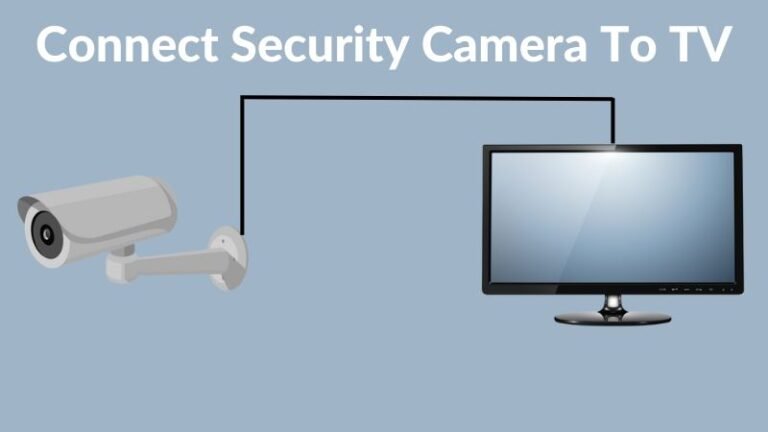How to Connect CCTV Camera to TV Without DVR

To connect your CCTV camera to a TV without a DVR, you’ll need a compatible video cable and a power adapter. First, identify your camera’s output type (BNC, RCA, or HDMI). Use a BNC-to-RCA adapter if needed, or directly plug…